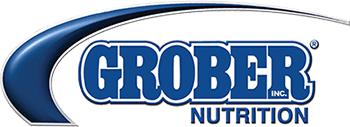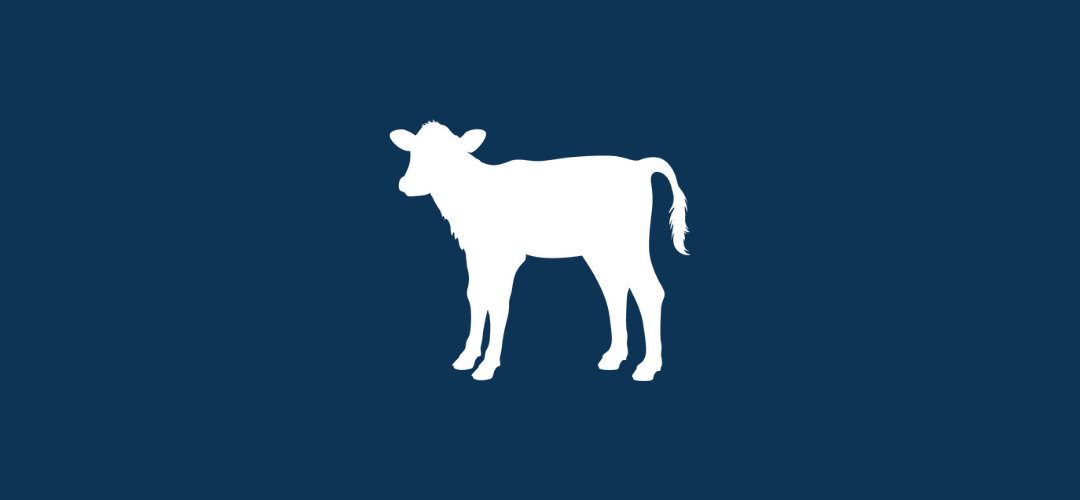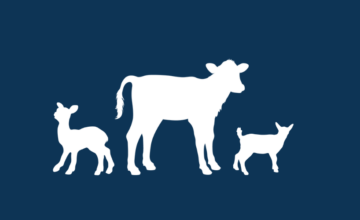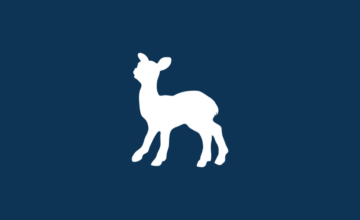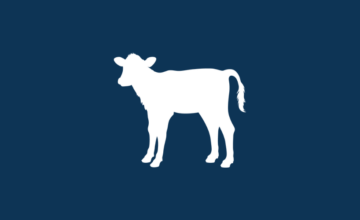Optimal Feeding for Growth & Health
- Aug 09, 2021
- By Grober Nutrition
- In Canada
The advantages and benefits of feeding calves proper amounts of milk to meet energy needs and growth targets is well established. In addition, following a gradual or step down weaning protocol over a minimum of two weeks is equally as important when bringing calves down from high milk allowances. Thirdly, the success (calf growth, health, and strong pre-wean starter intake) of the milk feeding program is further bolstered by a longer time on milk (eight to ten weeks). If the milk feeding period is short (<49 days), be it out of necessity or choice, then it is recommended to offer lower levels of milk (6 litres per day) as to not suppress pre-wean starter intake, thereby compromising calf health and growth post-wean due to a lack of rumen development. Unless feeding a high level of milk (>20% body weight per day), an easy rule of thumb is per every litre of milk fed a day, one day of weaning is needed (i.e. 9L per day of milk, the weaning process should be no shorter than nine days).
Whether feeding a conservative or accelerated amount of milk, the amount per feeding, method of feeding, and powder (solids) concentration are three elements which can impact calf health and digestive disorders. Large meal sizes increases the risk of milk overfilling the abomasum, entering the rumen and fermenting. In addition, large meal sizes slow the rate in which milk leaves the abomasum. Offering milk with a nipple (bottle or teat bucket) is the best method to feed milk as it allows time for the stomach to expand to match volume fed, completes behavioural feedback loop of the suckle reflex, and promotes better digestion, particularly fat. Feeding milk with a bucket often leads to milk entering into the rumen. Fluctuations in solids or powder concentration may lead to nutritional scours and slowed abomasal emptying rate. It is important to verify feeder calibration settings, if using a scoop to measure powder, checking that the level on the scoop still provides the correct weight, and using a Brix refractometer to measure solids content of whole milk fed.
What is the significance of all of the above measures? Rumen drinking, abomasal ulcers, bloat, and nutritional scours can all be influenced by the way calves are fed. If the rate at which the stomach empties is slow, then the pH of the abomasum remains at a more neutral level for longer. A neutral pH is more favourable for pathogenic bacteria (such as Clostridia and Sarcina) to overgrow, causing bloat and abomasal ulcers. As a multifactorial condition, abomasal ulcers are not simply explained by one insult. Typically, layers of stressors are needed for ulcers to occur such as large meal sizes, inconsistent solids/powder concentration, temperature fluctuations, social mixing stressors, and concurrent inflammatory/infection responses the calf is experiencing. Moreover, not all abomasal ulcers result in clinical signs, with some remaining small and may only present as depressed attitude and appetite, while others may rupture and penetrate the wall of the abomasum resulting in severe peritonitis and eventual death. Milk entering the rumen is fermented, lowering the pH of the rumen, thus impairing proper rumen development. Calves who are rumen drinkers present with a rough coat, dull, and have grey clay like manure. A sudden change in feeding concentration can lead to nutritional scours caused by an osmotic imbalance in the gut. If the concentration of powder fed is extremely high (double or triple recommended amount), sodium toxicity becomes a very real concern, resulting in increased vocalizations, trembling, incoordination, and left untreated, death.
Following best practices milk feeding recommendations is one pillar of successful calf rearing, resulting in immediate and delayed effects into the early post-wean phase.
Best Practices Feeding Recommendations
Calves <2 weeks:
- Extend colostrum and/or transition milk into the first week of life to stimulate early gut development and provide a source of local immune protection in the gut
- Offer 5% body weight per meal as a safe option
- Only offer 7% body weight per meal by nipple
- 150g/L recommended milk replacer powder concentration
- Extra energy requirement in cold weather to be fed by an additional meal only. Deep bedding with straw and using a calf coat are other effective ways to reduce calories needed from cold stress.
- Neonatal calves may not drink as much water as older calves, but they also require additional water than what is fed with milk replacer
- Begin offering calf starter during the first week of life in small handfuls daily
Calves >2 weeks:
- Offer 5-7% body weight per meal, ideally using a nipple
- Offering no more than 8.5% body weight, and must be fed with a nipple (teat bucket or bottle)
- Advisable only under good calf management
- Health challenges, environmental stress, etc. increases risks from feeding large meal sizes (bloat, abomasal ulcers, rumen drinking, damage to developing rumen epithelium)
- Extra energy requirements met by: feeding an additional meal, increasing powder concentration only when water available, or increasing volume per meal to 8.5% body weight maximum
- 150-175g/L suitable milk replacer powder concentration
- Always provide a source of water and if feeding in hutches, offer a bottle of warm water twice daily at a minimum during cold weather
- Providing fresh calf starter daily will help encourage intake, and offer another source of energy and nutrients needed to meet growth target and stimulate strong rumen development prior to wean
| Milk Feeding Program | 35Kg Calf | 45Kg Calf | 55Kg Calf | 65Kg Calf |
| Low plane of milk (10% of Body Weight) Recommended when weaning at 6 weeks of age 2 meals per day 7 day weaning required |
3.5L | 4.5L | 5.5L | 6.5L |
| General Recommendation (15% of Body Weight) Recommended when weaning at 8 weeks of age 2-3 meals per day 10-14 day weaning required |
5.25L | 6.75L | 8.25L | 9.75L |
| High plane of milk (20%+ of Body Weight) Recommended when weaning at 10 weeks of age 3-4 meals per day 14-21 day weaning required; begin weaning no earlier than 35 days of age |
7L | 9L | 11L | 13L |
| Recommended Meal Size According to Body Weight | |||
| Calf body weight | 5% body weight per meal | 7% body weight per meal | 8.5% body weight |
| Nipple or bucket | Nipple preferred option | Nipple only | |
| 35Kg | 1.75L | 2.45L | — |
| 45Kg | 2.25L | 3.15L | — |
| 55Kg | 2.75L | 3.85L | 4.5L |
| 65Kg | 3.25L | 4.55L | 5.5L |
| 75Kg | 3.75L | 5.25L | 6.3L |
| 85Kg | 4.25L | 6.0L | 7.2L |

